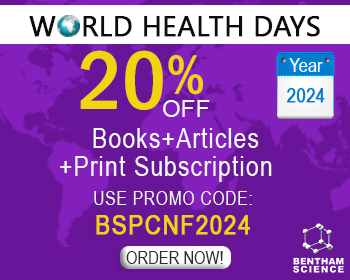Abstract
Phospholipases A2 (phosphotide 2-acylhydrolases, PLA2s, EC 3.1.1.4) are widely distributed enzymes in the animal world. They catalyze the hydrolysis of the sn-2 acyl ester linkage of phospholipids, producing fatty acids and lysophospholipids. The mammalian type II secreted phospholipase A2 (PLA2-II) is one of the most extensively studied member of low molecular weight (13-18 kDa) PLA2s. PLA2-II contains 120-125 amino acid residues and seven disulphide bridges. The important features of overall structure of PLA2-II contain an N-terminal helix, H1 (residues: 2-12), an external loop (residues: 14-23), a calcium binding loop (Ca2+-loop, residues: 25-35), a second α-helix, H2 (residues: 40- 55), a short two stranded anti-parallel β-sheet referred to as β-wing (residues: 75-84), a third α-helix, H3 (residues: 90- 108) which is antiparallel to H2 and two single helical turns, SH4 (residues: 114-117) and SH5 (residues: 121-125). The three-dimensional structure of PLA2-II has defined a conserved active site within a hydrophobic channel lined by invariant hydrophobic residues. The active site residues His48, Asp49, Tyr52 and Asp99 are directly connected to the channel. An important water molecule that bridges His48 and Asp49 through hydrogen bonds is a part of catalytic network. Based on the structures of various complexes of group II PLA2, the ligand-recognition site has been divided into six subsites consisting of residues 2-10 (subsite 1), residues 17-23 (subsite 2), residues 28-32 (subsite 3), residues 48-52 (subsite 4), residues 68-70 (subsite 5) and residues 98-106 (subsite 6). It is observed that most of the currently available ligands saturate only part of the ligand-recognition site leaving a wide scope to improve the ligand complementarity. Naturally, the ligands that interact with the largest number of subsites would also correspond to the maximum affinity. Therefore, for the design of potent inhibitors of PLA2, the stereochemical knowledge of the binding site as well as their potential to interact with ligands must be known so as to make the structure-based ligand design successful.
Keywords: Binding affinity, crystal structures, complexes, hydrophobic channel, inflammation, inhibitors, PLA2 enzyme, subsites

























